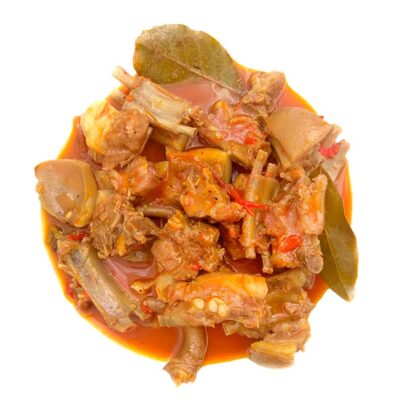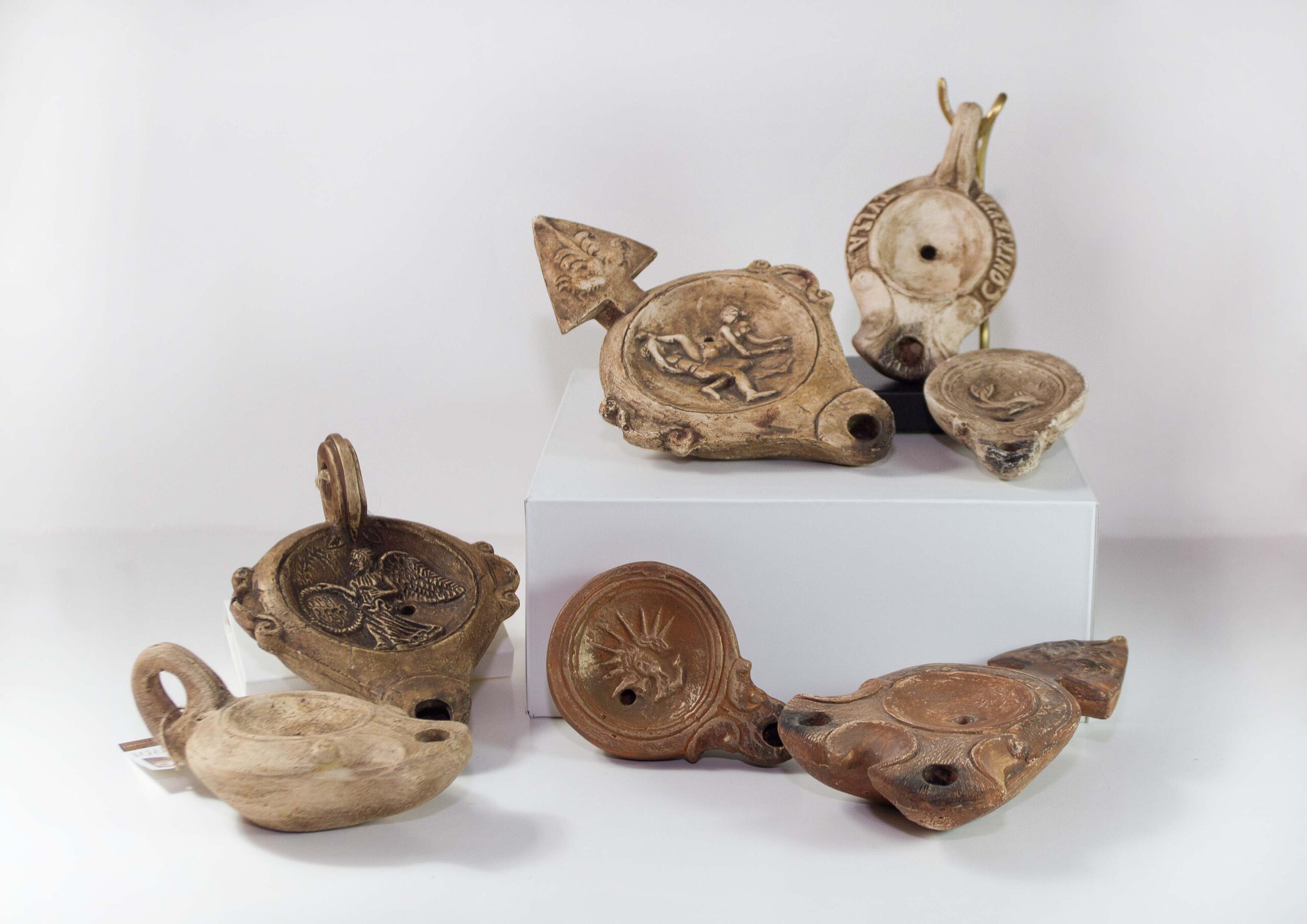Medina de las Torres is a town in the Province of Badajoz that belongs to the Zafra-River Bodión region. It has a surface area of 87km2 and it is at 529m altitude, nine kilometres to the south of Zafra.
In a privileged location, it has good communication links to the N-630 and the A-66. It is on the Vía de la Plata Route and the St James Way, while the Royal Leonesa livestock trail runs through the municipality.
Nature
From the ecological point of view, the vegetation is in a good state of conservations thanks to the use of non-aggressive farming practices, among other factors. This is reflected in the fertile and vigorous scenery.
In this setting, two water-courses are important: the Atarja brook and the River Bodión. Diverse and varied wildlife can be seen in both of them: herons, spoonbills and shelducks share the space with such mammals as wildcats, the Egyptian mongoose and genets.
The confluence of the brook with the Matasanos stream creates one of the largest wetlands in Extremadura where ornithologists can enjoy watching such species as the marsh harrier, flamingos, black storks, eagle owls and over twenty species on the red list of birds.
In the western part of the municipality is found the most characteristic vegetation type in Extremadura: the dehesa or pasture. A unique ecosystem in Europe of great ecological, economic and social value, it is a clear example of co-existence, use and respect within sustainable development. These natural spaces are side-by side with areas used for traditional crops like olives, cereals and, to a lesser extent, grapes. These are ideal habitats for steppe-loving birds.
Tourism
Bird-watching, wine-tourism, olive-tourism, trekking, cycling tourism, guided visits to historical heritage and sampling the rich gastronomy are some of the activities that visitors can enjoy during their stay in our town.
Más información
The town was repopulated in the mid-thirteenth century by Martín Anes do Vinhal, a Portuguese knight who received the lands from his cousin Pelayo Pérez Correa, a grand master of the Order of Santiago owing to his help in the campaigns against the Muslims, by bringing together small family groups who lived in his territory and forming small centres around over 30 water mills on the Atarja brook, the River Bodión and the Zarcillo stream.
The municipality is full of archaeological remains that attest its occupation since the earliest times: dolmens from the Chalcolithic period and Iron Age burials. The most significant evidence of pre-Roman times is the bronze figure from Tartessos known as the Medina de las Torres Warrior (with an analogue figure in the British Museum).
Dating to the Roman period is the oppidum of Contributa Iulia Ugultunia, a large city in Celtic Baetica mentioned by historians like Pliny the Elder and Ptolemy
Of the Middle Ages, it conserves its present name, as well as water mills and the building generally known as ‘The Moors’ Tower’, which fell into Christian hands during the reconquest by Pelay Pérez Correa in 1247.
The Parish Church of Our Lady of the Way, with its impressive sixteenth century altar piece, and a large number of houses, hermitages and documented stories are evidence of the town’s long history.
La gastronomía típica de Medina de las Torres está basada en la utilización de productos como el aceite de oliva y de los derivados del cerdo ibérico, acompañados de excelentes caldos.
El cerdo ibérico es una fuente inagotable de productos y platos. Por eso, no te puedes ir de Medina de las Torres sin probar un buen desayuno con manteca “colorá” y proseguir en la comida o cena con platos de presa, pluma o secreto a la parrilla.
Otras recetas típicas elaboradas caseramente desde tiempos remotos son la sopa de Carnaval, los mamones, la caldereta de “guarrino”, los repápalos y las migas.

En postres y dulces destacan los famosos asistentes, flores, borrachos, leche frita, perrunillas y bollos de castilla; así como otros circunscritos a una época concreta en el calendario como las torrijas con miel, roscas y hornazos .También el campo da productos sanos para elaborar ricas recetas de temporada con espárragos, conejeras o tagarninas.
Además de degustar, se pueden adquirir productos producidos y elaborados en la localidad como vinos, aceite de oliva, pan y dulces caseros.
La gastronomía es un recurso turístico importante contando con eventos alrededor de ella, como “La Ruta de la Tapa” o “De bar en bar”; así como talleres culinarios específicamente romanos que se desarrollan durante las jornadas de CONTRIBVTA LVDICA.
La artesanía tiene como objeto que el turista nos tenga siempre en su recuerdo. Es por ello que se ha desarrollado una línea de reproducciones que aluden a distintos momentos nuestra historia , y que sin duda alguna, evocarán su visita a Medina de las Torres

